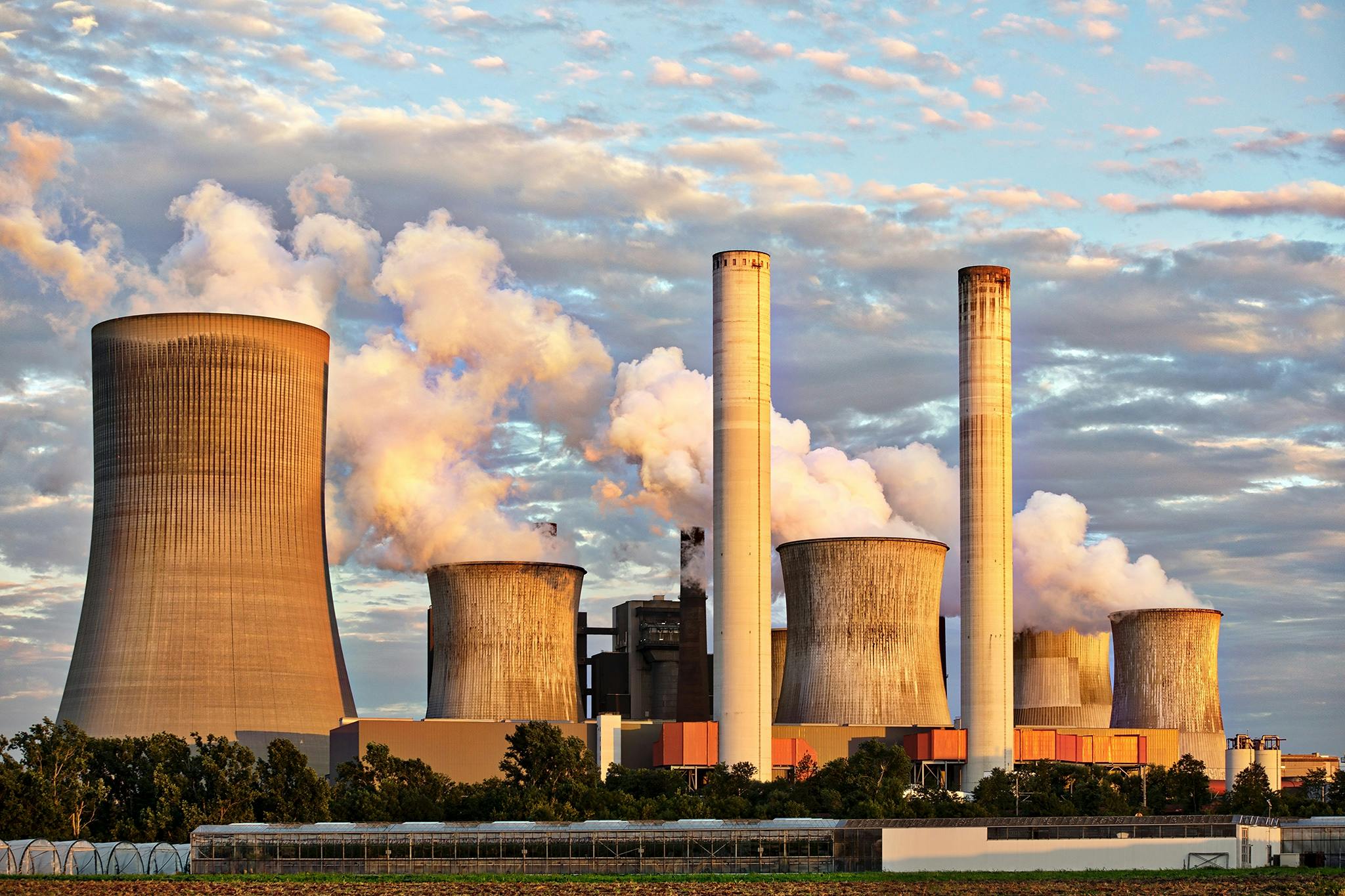⚠️ The Hidden Cost of AI
Every time you use AI tools like ChatGPT, Alexa, or Microsoft Copilot, you're tapping into a vast network of data centers—facilities that store and process enormous amounts of digital information. In 2024 alone, U.S. data centers handled approximately 149 zettabytes of data—an almost unimaginable volume.
Unlike a traditional Google search, which uses a tiny fraction of a kilowatt-hour, a single AI query with ChatGPT can consume up to 10 times more energy.
According to the U.S. Department of Energy, data centers consumed 176 terawatt-hours (TWh) of electricity in 2023—up from just 58 TWh in 2014. This consumption was more than twice the amount of energy generated by the entire state of Missouri - 66.7 TWh.
This demand spike is driven by consumers using AI chatbots, businesses integrating AI into operations, and developers training new AI models.
By 2028, annual data center energy usage could reach between 325 and 580 TWh, accounting for up to 12% of national energy consumption.
🔌 Demand Is Exploding – and So Are Bills
The Energy Information Administration (EIA) reports that residential electricity prices are projected to rise by 4% in 2025 and 2026, continuing a trend of 5% annual increases since the COVID-19 pandemic.
In some states, the surge in prices has been above the trend. New York and Illinois, for example, have experienced significant hikes – each exceeding 10%. These rising costs are attributed to data center energy demand.
How does this compare to electric vehicle demand? We know more electric vehicles mean greater energy consumption, but electric vehicles consumed only 7.596 GWh of energy in 2023. Data center consumption was around 23x greater than EV consumption during this period.
So, what’s the solution? While adding more energy to the grid might seem like a straightforward fix, the reality is a little more complex.
🏗️ The Aging Grid Adds to Costs
More than 70% of U.S. transmission lines and transformers are over 25 years old. As energy demand surges, the risk of blackouts and rotational outages, especially during extreme weather events increase. To maintain grid reliability, utilities are investing heavily in upgrades.
However, expensive infrastructure projects are becoming more frequent, and those costs are passed on to consumers through rising electricity rates.
Can Solar Energy Help?
Solar isn’t just cleaner – it’s faster to develop and more cost efficient. While new gas-turbine power plants are experiencing construction timelines of up to 7 years, solar can be developed more quickly. Rooftop solar can be installed in just days and small-to medium-sized solar farms can be constructed within a couple months.
Solar is also significantly cheaper to develop per kilowatt-hour. Natural gas plants range from $0.138 to $0.262 per kWh to build and operate. In comparison, unsubsidized utility-scale solar costs between $0.038 and $0.078 per kWh and $0.05 to $0.131 per kWh if battery storage is integrated.
While federal tax credits, introduced to promote clean energy, are now being phased out due to recent federal legislation, solar still remains more cost-efficient than natural gas. Cheaper energy generation means lower energy prices.
And that’s just the financial side. Fossil fuel power plants emit over 188 different pollutants into our air and water, including nitrogen oxides, phosphorus, carbon dioxide (CO₂), sulfur dioxide, and particulate matter. These emissions contribute to acid rain, smog, and respiratory illnesses, posing serious risks to both environmental and public health. Solar energy generation produces no emissions or pollutants during operation.
🛑 How Can Consumers Lower Electric Bills?
As energy prices continue to rise, there are several ways to lower your monthly costs:
- Reduce your energy usage with smart habits and efficient appliances.
- Install solar panels to generate your own electricity. While there is often an upfront investment, rooftop solar can significantly reduce or even eliminate your monthly electricity bills.
- Join a community solar program. This is one of the easiest ways to lower electric bills without the hassle or high upfront costs of installing solar panels. Simply subscribe and reap the benefits of contributing to local solar.
- Contact your local legislators. Urge your local and state governments to invest and adopt new solar energy, as it’s faster and more affordable to integrate into the power grid compared to fossil fuels. Your voice can help accelerate the transition to a more sustainable and cost-effective energy future.
Looking Ahead to a Brighter Energy Future
The rising demand for energy—driven increasingly by AI—isn't slowing down. But while the challenge is real, so is the opportunity. By embracing smart energy policy and utilizing renewable energy programs like community solar, we can save money and help build healthier, more resilient communities.
It takes all of us to create a power grid that’s not just stronger—but cleaner, more accessible, and built for the future.


.png)

.png)